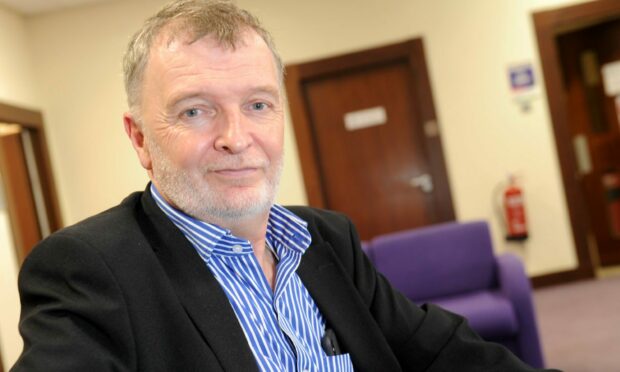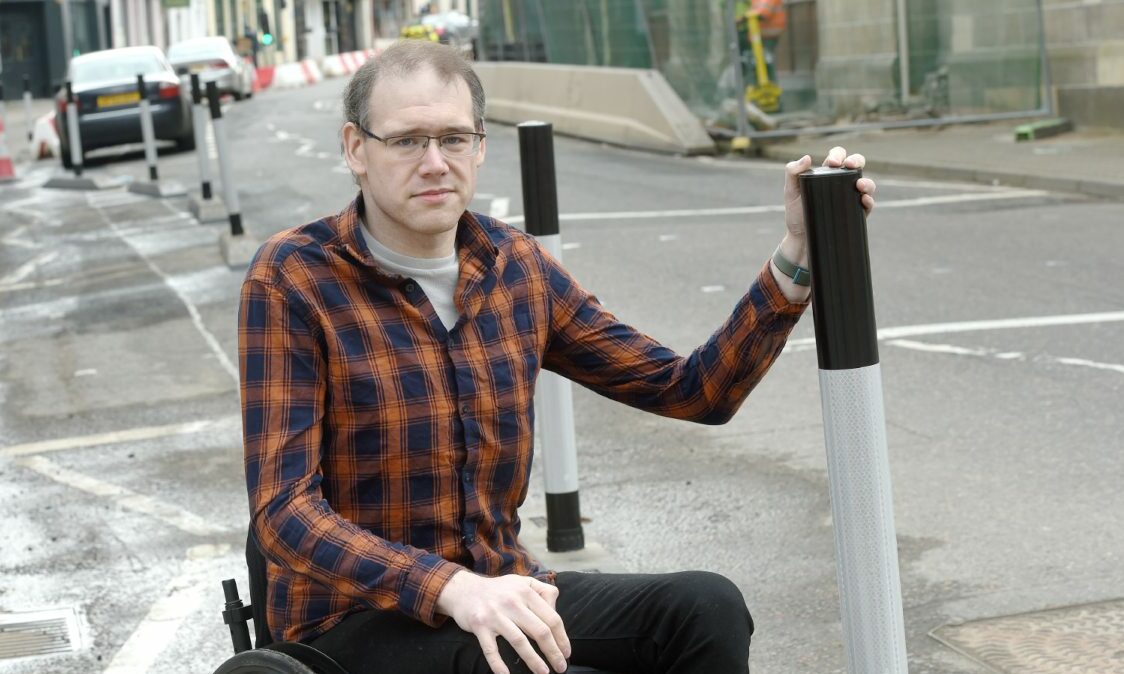Highland Council has agreed a 15-year capital plan with a £1bn investment in schools, roads and flood schemes.
Budget leader Alasdair Christie called the medium-term financial plan a “holistic, inclusive and horizon scanning” vision.
“This is a good news story,” said Mr Christie. “It’s a £939m investment in education, property and the maintenance and safety of our buildings. It will create jobs and opportunities across Highland.”
Councillor Christie said this is the first time that the council has produced a 15-year vision – made up of five years’ firm commitments, five years’ indicative spend and five years’ showing “where we want to be”.
However, his administration colleague Matthew Reiss resigned as vice-chair of corporate resources committee over this report.
Mr Reiss said the “long list” detailing “where we want to be” is only 20% affordable. He adds that major infrastructure projects including the Corran Ferry, Stromeferry bypass and waste to energy plant are all under threat.
Conservative group leader Councillor Andrew Jarvie dubbed the “long list” the “long grass”.
Council leader Margaret Davidson insisted that these projects are a priority. “We need more capital and we’re not finding it, so we’re asking for help.”
The report states that these larger capital spends require additional external funding, or a means of becoming self-sustaining.
Roads still a big problem
The state of Highland’s roads – and the blame for their condition – continued to divide opinion. Mr Jarvie said the capital commitment is “nowhere near good enough.”
He tabled an amendment that the entire capital plan should be delayed for discussion at a special meeting of the council.
Councillors at last week’s economy committee heard that 39% of Highland roads need repaired, and council needs to spend £26m each year for ‘steady state’ – ie to stop the roads deteriorating further. The council has committed just £8m in capital from 2023.
“This is nowhere near good enough, ” said Mr Jarvie. “The £26m should be sewn into the fabric of the budget. If we can’t sustain that we’ll continue to decay.”
Mr Jarvie claims that due to the multiplier effect of long-term borrowing, the council should multiply by 18 “every frivolity” and ask itself why that money was not spent on roads.
Councillor Peter Saggers summed it up briefly: “We can’t afford to do half of what we’d like to do and there’s no hope of Edinburgh riding to the rescue.”
Mrs Davidson acknowledged that while officers are still combing through the detail, it appears that the Scottish Government grant to Highland Council represents flat cash.
“If that’s the case we need to find savings to invest more in our roads. We can’t keep dipping into our reserves. Our roads need capital but they also need revenue to rebuild the service.”
Difficult but transparent
Councillor Derek Louden attempted to broaden the debate, pointing out “there’s more to living in Highland than roads”.
Mr Louden summarised the situation: “We have 15 years of spending, but what we don’t have is how we’re going to pay for this.”
He welcomed the council’s commitment to work with communities and look to income generation to deliver some of its ambitions.
Councillor Jimmy Gray said the report is honest, but difficult. “This is one of the most open and transparent reports we’ve produced,” said Mr Gray. “Matthew Reiss is right – we have £50m to spend and we need £190m.”
To address the scale of the challenge, councillor Ian Cockburn said the council needed to “think better, be faster on our feet and go for every grant going”.
He too praised the report for its transparency.
Mr Cockburn said the SNP opposition had collaborated well on the plan and supported it.
SNP and administration members voted together to defeat Mr Jarvie’s amendment, and Highland Council’s capital plan was agreed.

